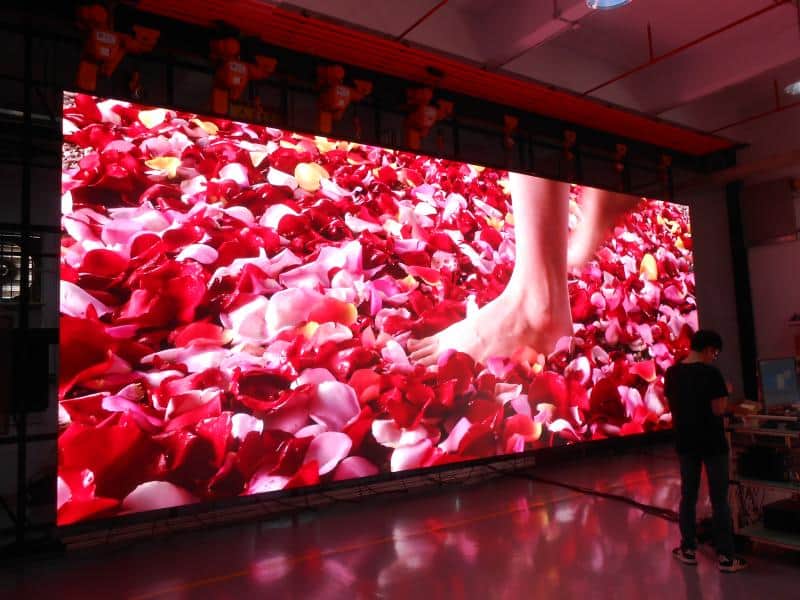
Traditional screen technologies, like CRTs, have been around for numerous decades. They were frequently used in TVs and computer screens. However, CRTs have a shorter duration, typically lasting approximately 10,000 to 20,000 hours of use. This means that after a couple of years, consumers may observe a decline in image clarity, such as dimming or color deformation. In contrast, LED wall screens can last significantly longer, often exceeding 50,000 hours. This prolonged lifespan means that consumers can enjoy consistent functionality without the requirement for frequent substitutions.
Another crucial factor to take into account is energy efficiency. LED panel screens consume less power than conventional displays, which not only helps the ecosystem but also lowers electricity expenses. For instance, while a CRT screen may consume around 100 watts of energy, an LED screen can use as few as 30 to 50 W. This difference in energy usage adds to the overall longevity of LED innovation, as reduced energy usage generates less thermal energy. Excessive heat can harm electrical components, leading to a reduced duration for traditional screens.
In addition to their longer duration and power efficiency, LED wall screens also provide superior image clarity. They offer brighter colors and better differentiation, making them perfect for multiple see here now uses, from advertising to educational displays. The technology behind LED panels enables for a broader sight angle, meaning that images stay sharp and vibrant even when seen from the flank. This is a major benefit over conventional screens, which frequently suffer from hue deformation and reduced brightness at wider perspectives.
In summary, the durability of LED wall panels compared to conventional screen methods is a key factor for consumers to take into account. With durations that can exceed 50,000 hours, energy efficiency, and superior image clarity, LED technology offers many benefits. As technology continues to progress, LED wall panels are probably to become even more prevalent in multiple environments. Understanding these distinctions can help individuals and entities make improved decisions when purchasing in display innovation, ensuring they receive the best value for their needs.